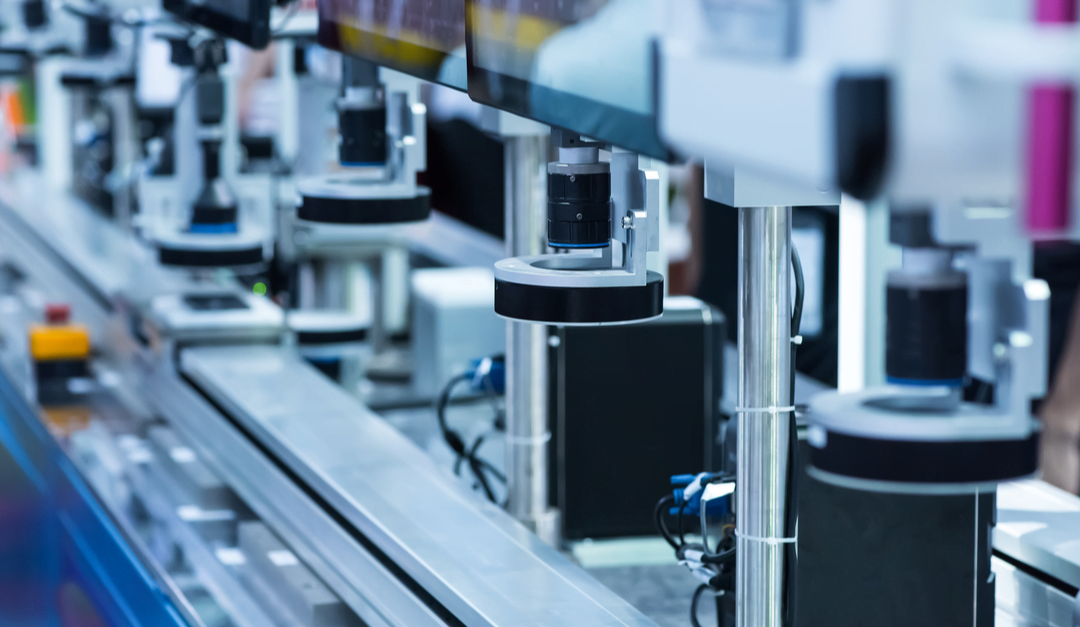Deburring is an essential part of the production process for many reasons, including (but not limited to):
- Deburring allows for the right fit and assembly of parts
- Parts are prone to cracks and fatigue because of burrs acting as failure initiation sites
- Crevices and burr surfaces are easily corroded
The Negative Impact of Burrs On Products
Deburring Is Important for the Right Fit and Assembly of Parts
Edge quality has a huge impact on the form, functionality, and life of any given product. Burrs and raised edges prevent the correct fit and assembly of machine parts during the production process. These are critical for precision components used in aerospace, automotive, and electronics industries. Aside from the correct fit, mating parts such as gears, rollers, and other sliding surfaces, burrs can impinge and damage the parts.
Burrs Cause Cracks and Fatigue
Products with burrs have significantly reduced fatigue life compared to parts with no burrs. Machining processes create residual stresses due to work hardening along the sheared and bent edges. These cause changes in the mechanical properties in these regions. Holes, slots, and notches are features where stress becomes concentrated. Since burrs have a more irregular profile and are usually located at the outermost edges of these features, burrs can act as crack initiation sites.
Burr Surfaces Are Easily Corroded
Thermal and roll-over burrs create crevices that promote localized corrosion. Water, electrolytes, and other corrosive material can accumulate and stagnate in crevices. Also, corrosion can occur when the coating is not applied properly. Raised areas on the surface of the part can have thinner coatings compared to flushed surfaces.

